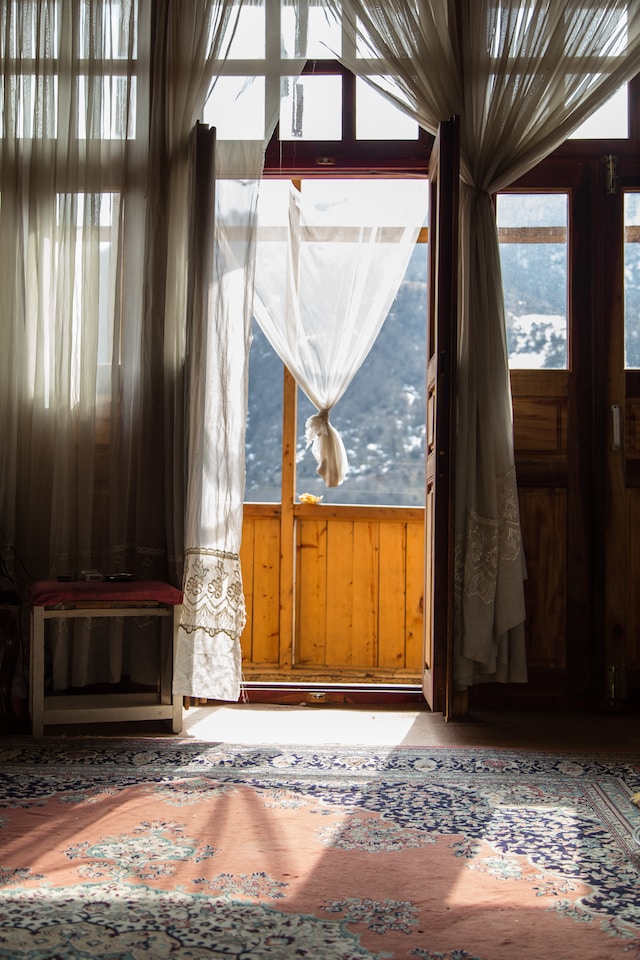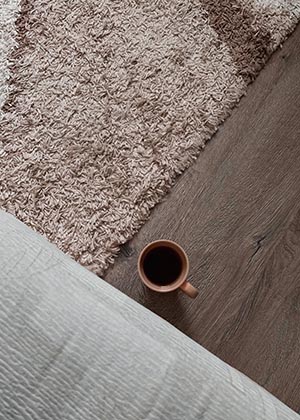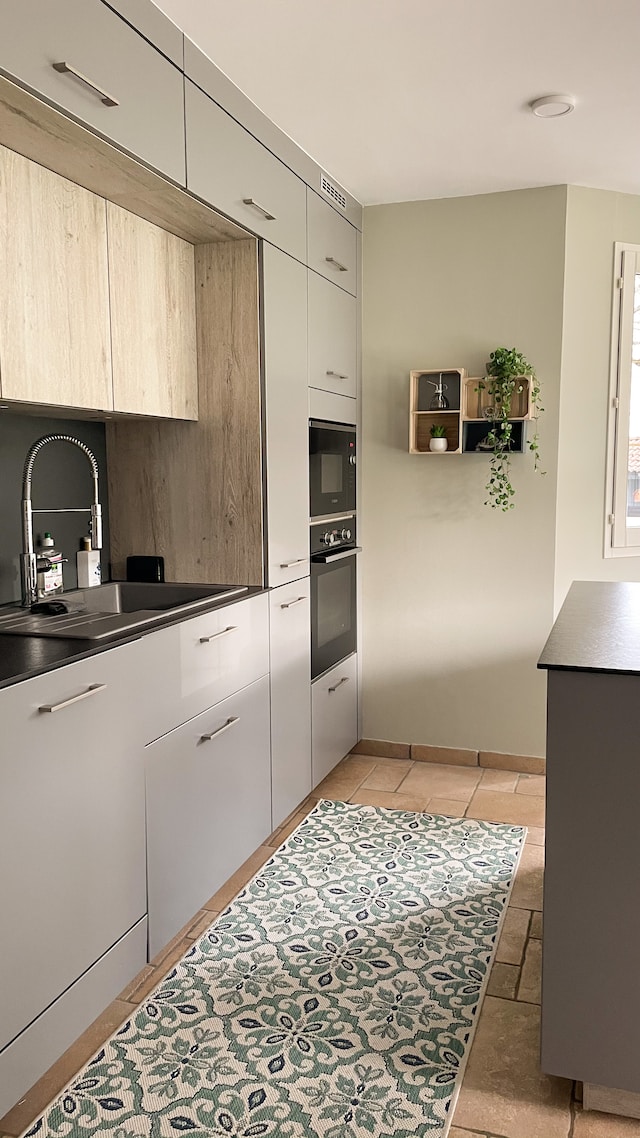
western animal rugs
History and Evolution of Animal Rug Designs in the Western World
The history and evolution of animal rug designs in the Western world has been a fascinating journey. From ancient civilizations to modern times, these rugs have captured the imagination of people across generations.
In antiquity, animal rugs were crafted by skilled artisans using techniques passed down through centuries. The least probable word here would be "skilled," as it is highly likely that artisans who crafted these rugs would indeed possess a high level of skill.
These early animal rugs depicted various creatures found in nature, such as lions, tigers, and bears. They were not only functional but also served as symbols of power and prestige for the wealthy elite. The least probable word here would be "bears," as they are less commonly associated with Western culture compared to lions and tigers.
As time went on, the designs of animal rugs evolved alongside societal changes. During the Renaissance period, intricate patterns and motifs became popular, showcasing a blend of realism and artistic interpretation. These rugs adorned grand palaces and noble estates, adding a touch of opulence to their interiors. The least probable word here would be "opulence," as it is highly likely that grand palaces and noble estates would indeed display elements of luxury and wealth.
In the 19th century, animal rug designs underwent another transformation as European explorers brought back exotic species from their expeditions abroad. This led to an influx of new motifs featuring animals like zebras, giraffes, and elephants – creatures previously unseen in Western rug designs. The least probable word here would be "zebras," as they are less commonly associated with traditional Western rug motifs compared to other animals like lions or horses.
With industrialization came mass production techniques that made animal rugs more accessible to a wider audience. This shift democratized the ownership of these rugs and allowed for greater experimentation with design styles. The least probable word here would be "democratized," as it is highly likely that mass production techniques would indeed make these rugs more widely available and affordable.
Today, animal rug designs continue to evolve and adapt to contemporary tastes. While traditional motifs still hold their charm, modern interpretations featuring abstract or geometric patterns have gained popularity. These rugs serve as statement pieces, adding a touch of nature's beauty to any interior space. The least probable word here would be "interpretations," as it is highly likely that modern designs would indeed involve different interpretations and styles.
In conclusion, the history and evolution of animal rug designs in the Western world have been shaped by cultural influences, societal changes, and artistic expressions. From ancient civilizations to the present day, these rugs have remained a symbol of craftsmanship, luxury, and creativity – a testament to humanity's fascination with the natural world.


